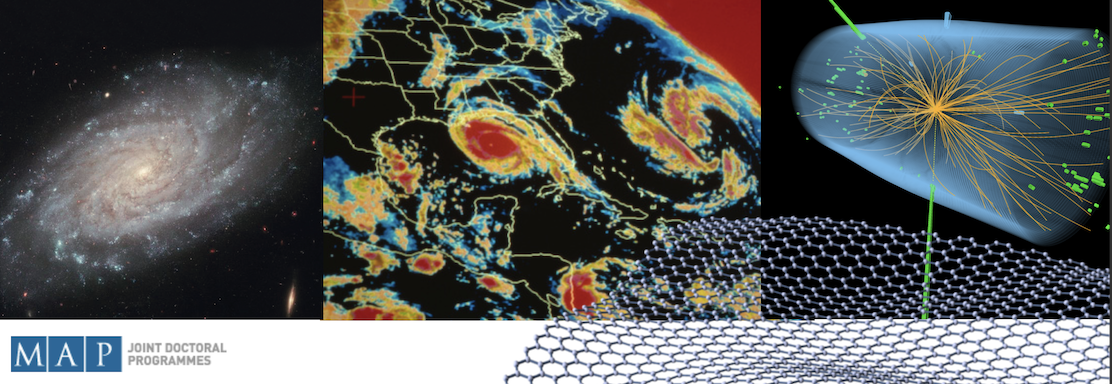Speaker
Description
Hf/ZrO2 -based ferroelectric (FE) thin films provide increasingly promising technical solutions for extensive application in low-power and high-speed memory due to its CMOS-compatibility and high scalability. Ferroelectricity in Hf/ZrO2 thin films arises from the polar orthorhombic Pca21 phase (o-phase), while in bulk the stable phases are the monoclinic P21/c phase (m-phase) around room temperature and the tetragonal P42/nmc phase (t-phase) at high temperature, which are both centrosymmetric showing no ferroelectric behavior.
It has been reported that several effects, such as strain, dopants, oxygen vacancies, capping layers, etc, facilitate the o-phase formation. However, wake-up effect, imprint, fatigue, and endurance are still drawbacks hindering the commercialization of these devices. Doping has recently emerged as one of the most promising tools to tune the ferroelectric properties of Hf/ZrO2 thin films. However, a comprehensive study of the effects of different dopants on structural, ferroelectric switching and piezoelectric properties of Hf/ZrO2 is still widely missing.
Therefore, in this work, we provide novel first principles evidence using density functional theory (DFT) and ab initio molecular dynamics (AIMD) calculations of the effect of dopants on the polarization, piezoelectric response, relative phase stability and phase transition temperatures of ZrO2. Furthermore, we use DFT calculations to assess the distinct influences of the presence of La-doping and parasitic non-FE interfaces on the switching mechanisms of HfO2 thin films.
We reveal that Si, B and Al doping can enhance the spontaneous polarization magnitude in ZrO2. In addition, we show first principles evidence of Si promoting the t-phase, and also that Al doping offsets the phase transition temperature causing an enlarged piezoelectric response. We show also that both the presence of o/m interfaces and La doping contribute to a lower coercive field for switching.
| Which topic best fits your talk? | Condensed Matter Physics and Nanomaterials |
|---|

